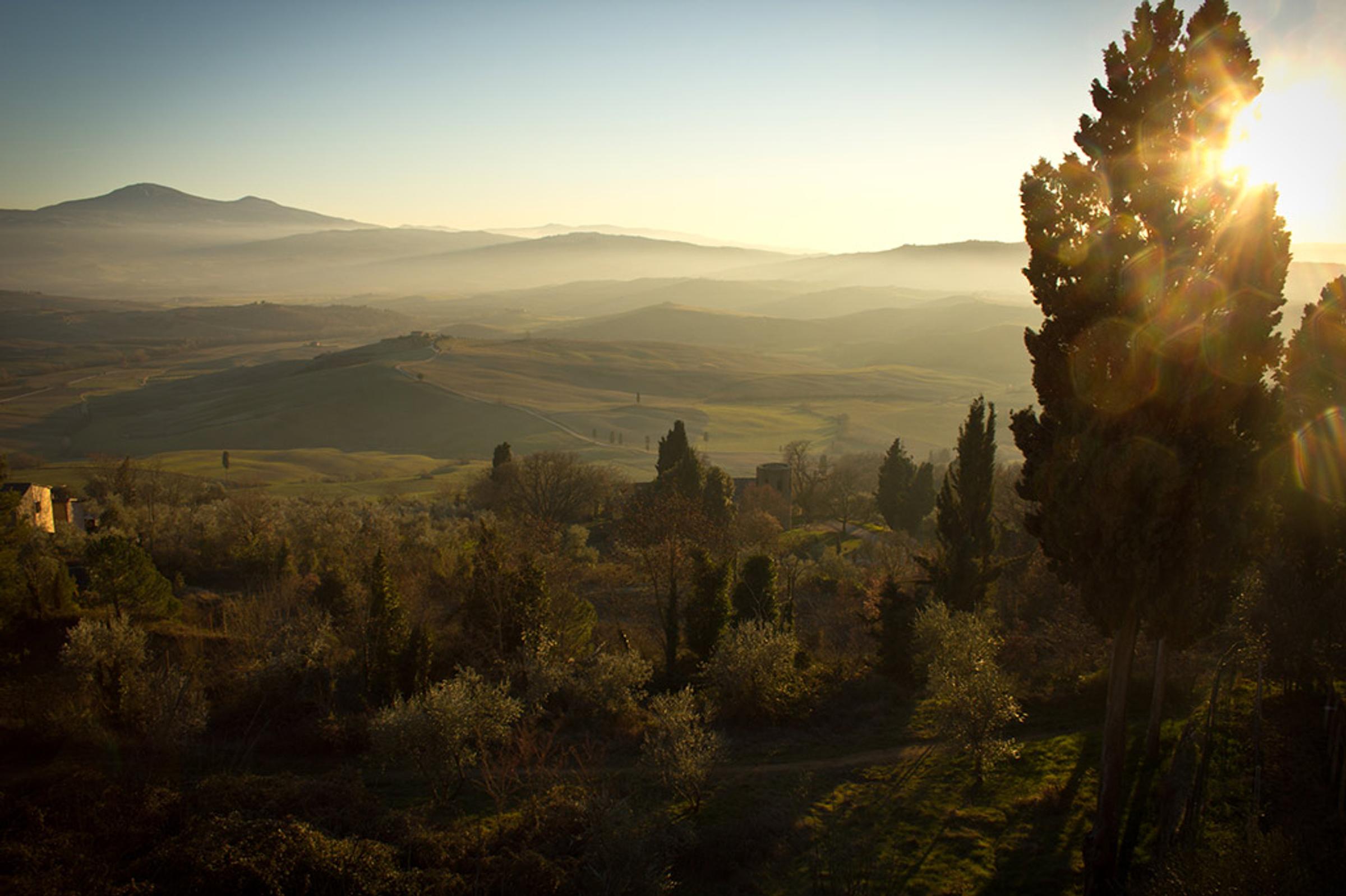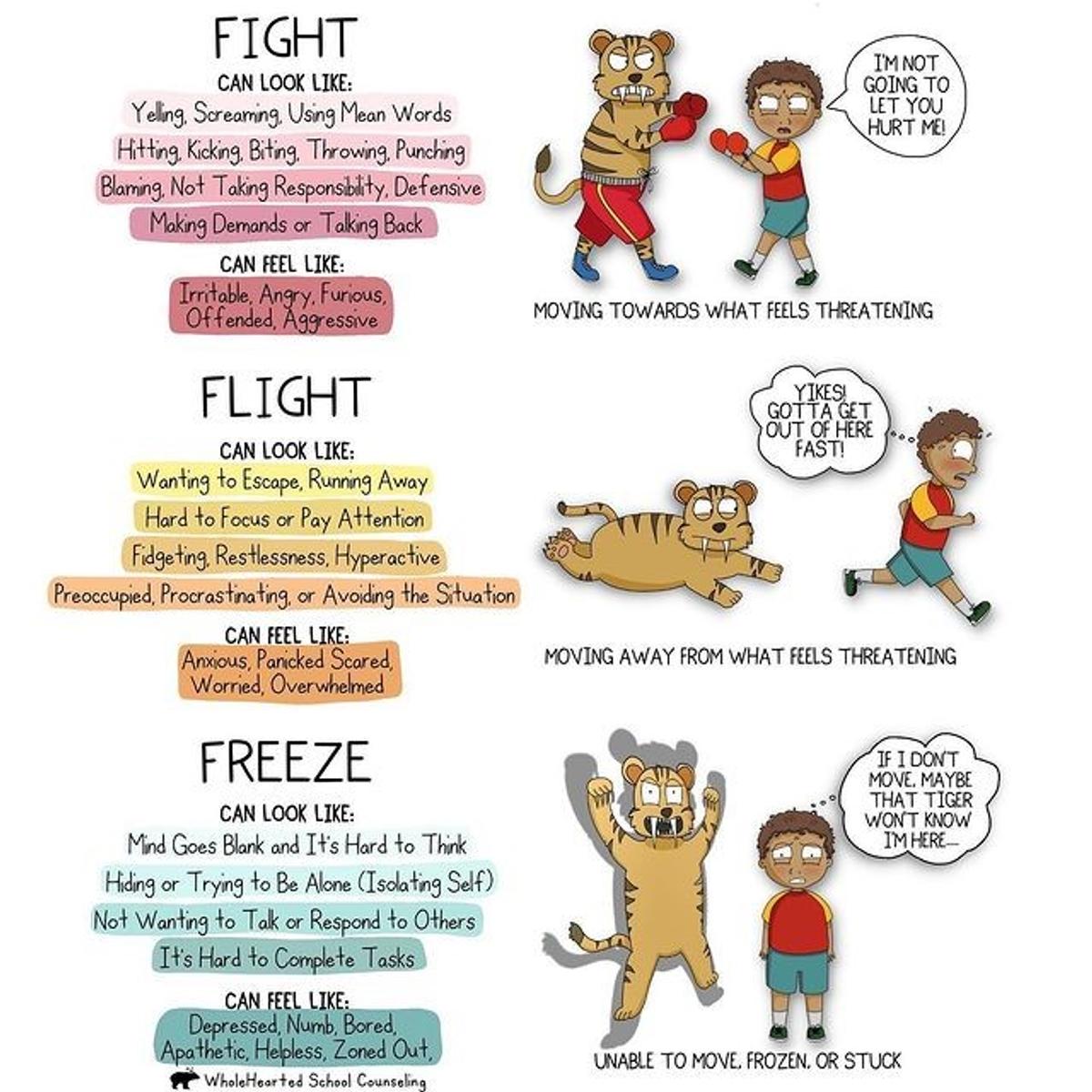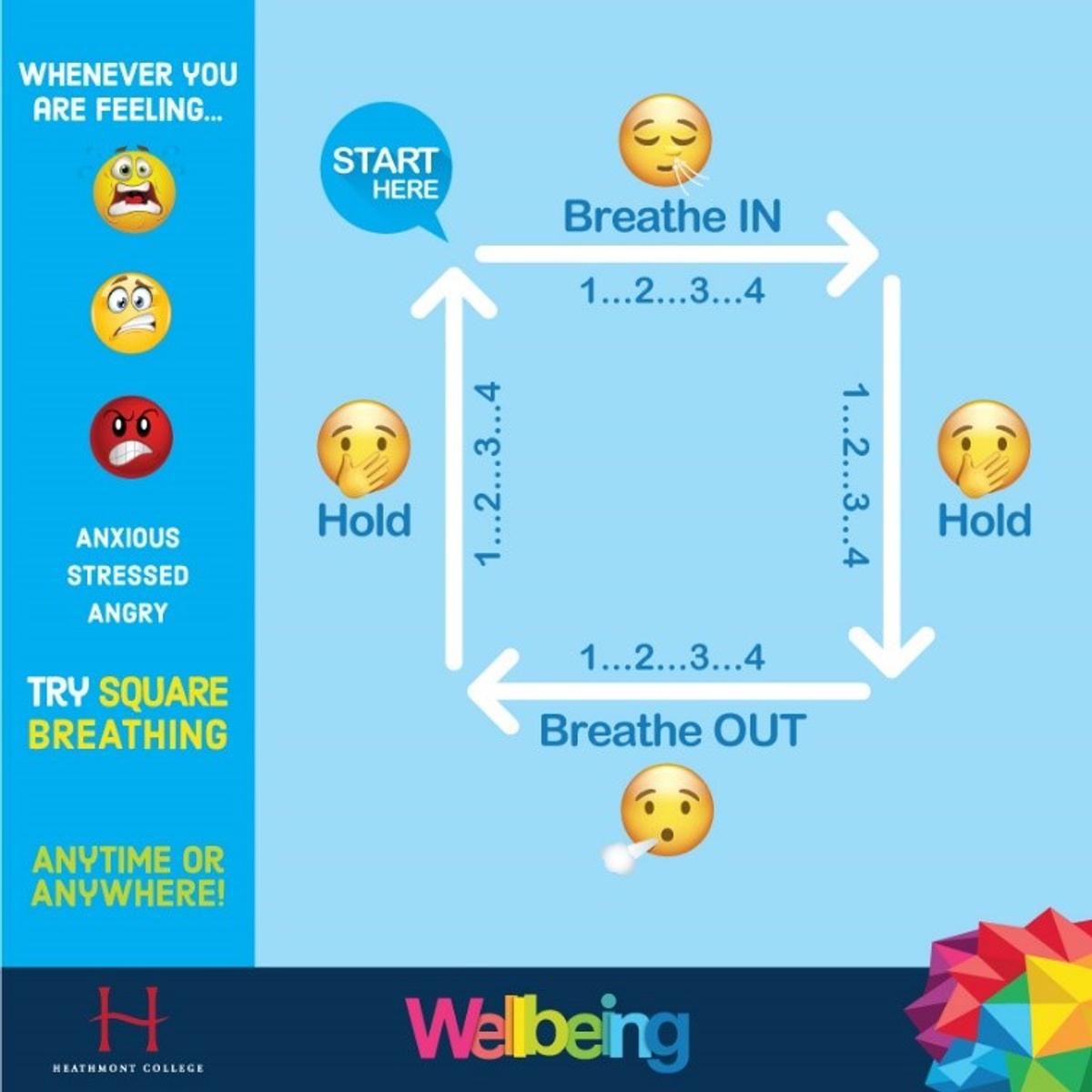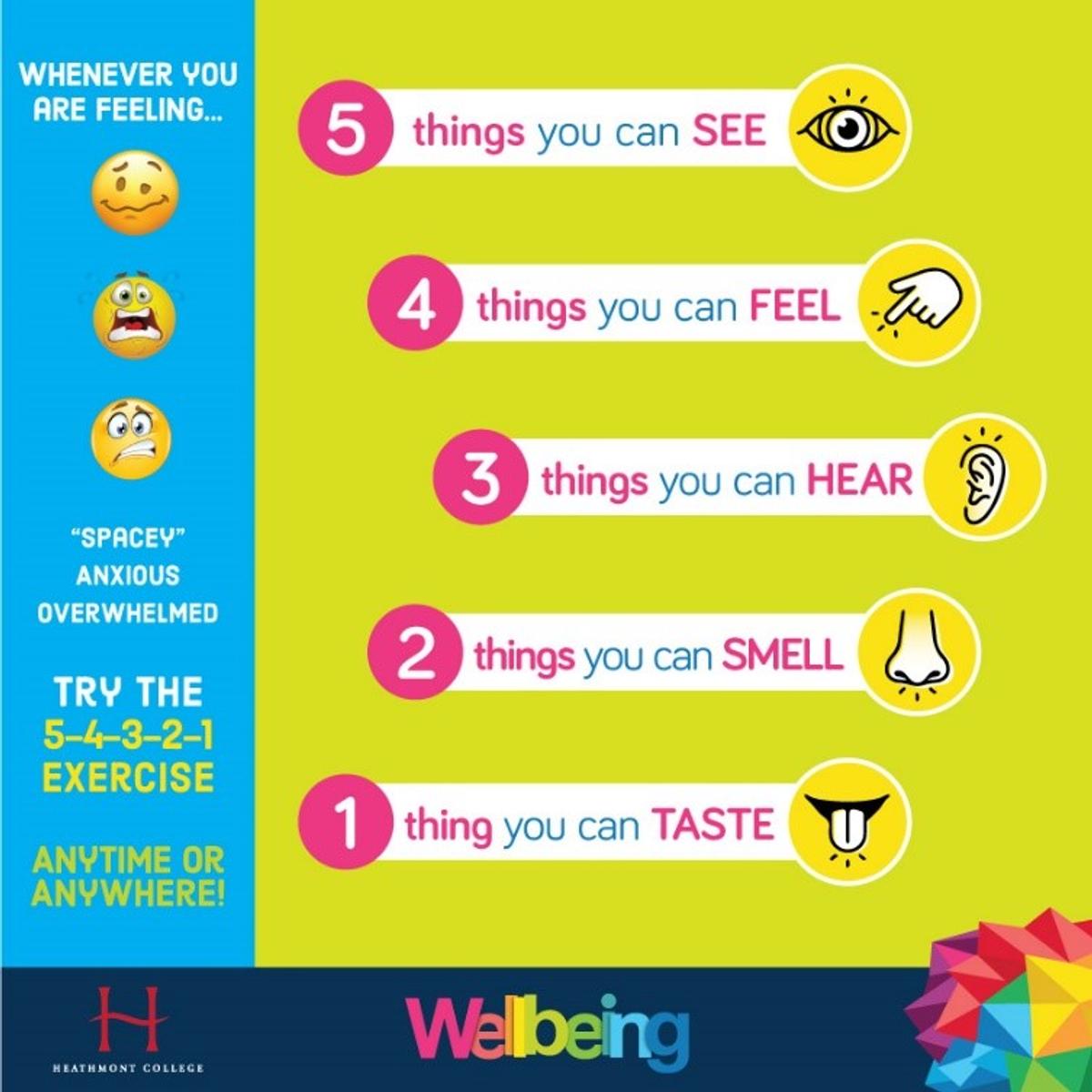Creating Calm
Fiona Adams - Head of Wellbeing

Creating Calm
Fiona Adams - Head of Wellbeing
Remote Learning and restrictions can bring up a range of emotions for everyone, so it is important that we find ways that create a sense of calm and safety in the circumstances we find ourselves in.
Stress is a natural response when we encounter a perceived threat, such as a large barking dog on your morning walk. This triggers a part of brain which sets off the body’s alarm system which puts us into a state of fight/flight/freeze. This response is helpful when the threat is in front of us, but too often and especially during the pandemic, we are operating in fight/flight/freeze mode which is not sustainable.
Stress can present itself in different ways, but some signs to look out for are:
Like adults, children and young people experience this flight/fight/freeze response. What may be observed as “difficult” behaviour, may also be their stress response.
For children and young people, the stress response may present in ways that we think is “difficult” behaviour.


This table highlights some of the responses you may be seeing in your children and young people.
Recognising the stress response is the first step to being able to create moments of calm. It is then important that we do something to come out of the flight/fight/freeze response to a place that we can regulate ourselves to relax our mind and bodies. There are many ways that we can create calm and it’s important to find what works for you. Here’s 3 simple ways that you can try.
Move
Physical movement is a great way of releasing excess energy that accompanies the stress response. Take yourself for a walk or run outside, do some stretching or yoga, even dance around the house! Just do something to get moving.
Breathe
Slowing your breathing down can assist the feelings of stress and anxiety to subside. Slowing our breathing allows us to focus on our breath and be mindful, while also slowing everything down. Try square breathing and focus on slowing the breath out to calm the body.


Ground
Grounding is about connecting us to the present moment and engaging our senses. Simple ways to ground us in the moment may be to splash your face with cold water, take a shower and cuddle your pet.
Alternatively, try the 5-4-3-2-1 grounding exercise that you can use anytime or anywhere.


We encourage you to try out some of these ideas and build moments of calm into your day. Hopefully these practical strategies will help to decrease your stress and improve your mental health during this time.
See the PDF below for some simple activity ideas for children and adolescents during lockdown:
Don’t forget to reach out for help if you need support. Please reach out to your Mentor Group Teacher to ask for support or contact the Wellbeing team directly by emailing fiona.adams3@education.vic.gov.au.
Alternatively, below is a list of supports that can assist you during this time:
Your local GP can provide you with additional support
Kids’ Helpline (24/7) 1800 551 800 kidshelp.com.au
Headspace (9am – 1am) 1800 650 890 Support for 12-25 years eheadspace.org.au
Beyond Blue (24/7) 1300 224 636 beyondblue.org.au
Lifeline (24/7) 13 11 14